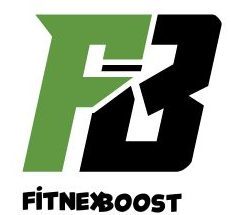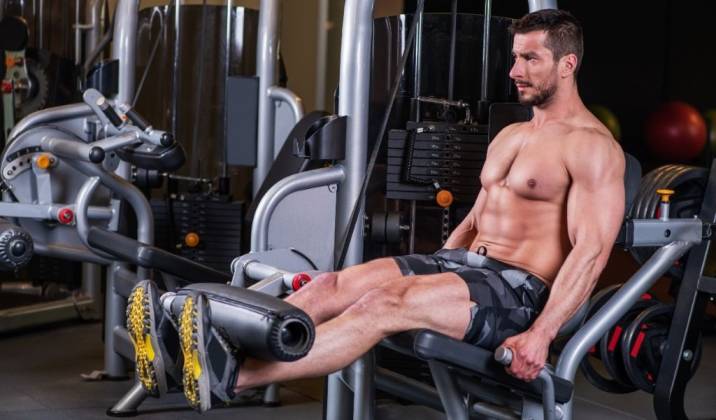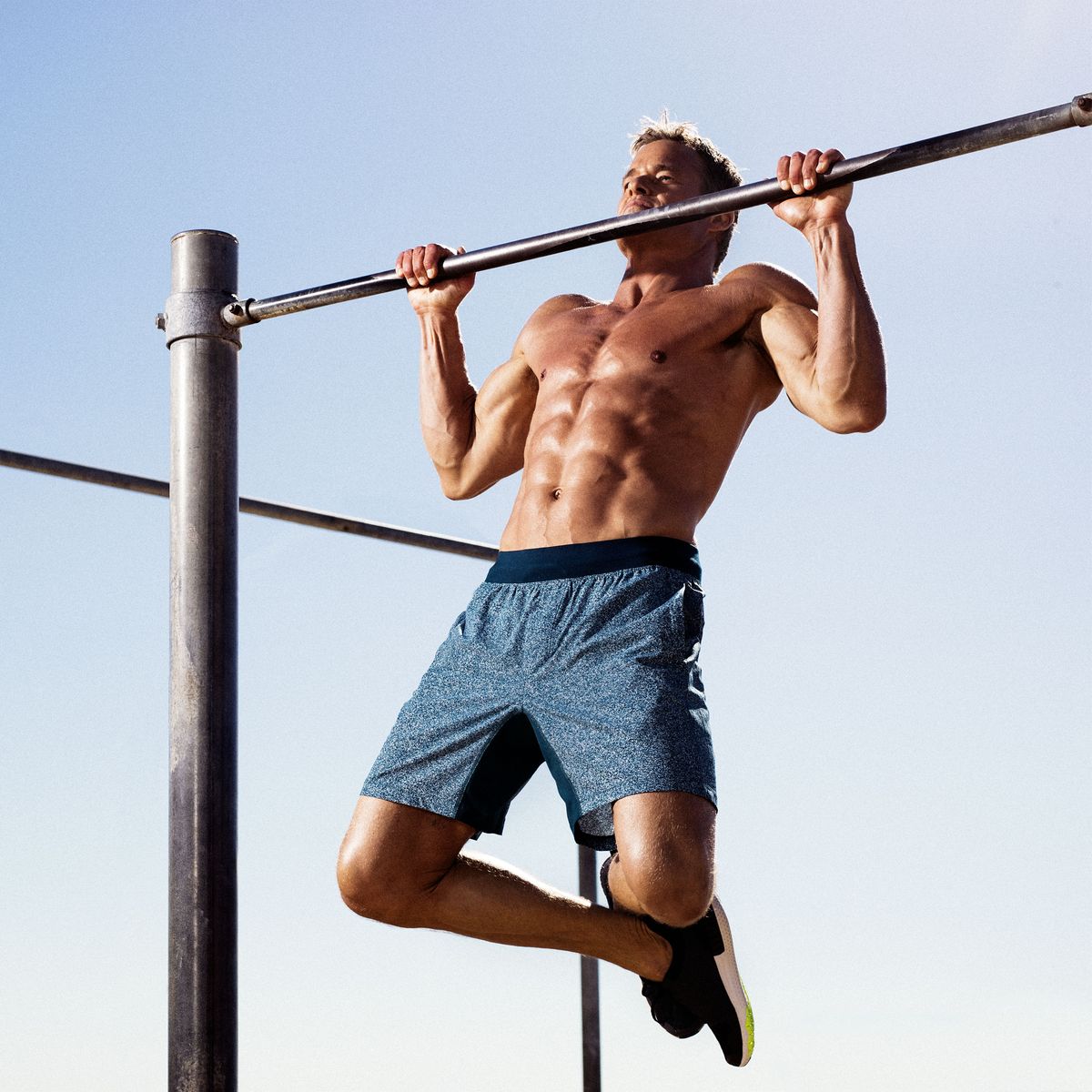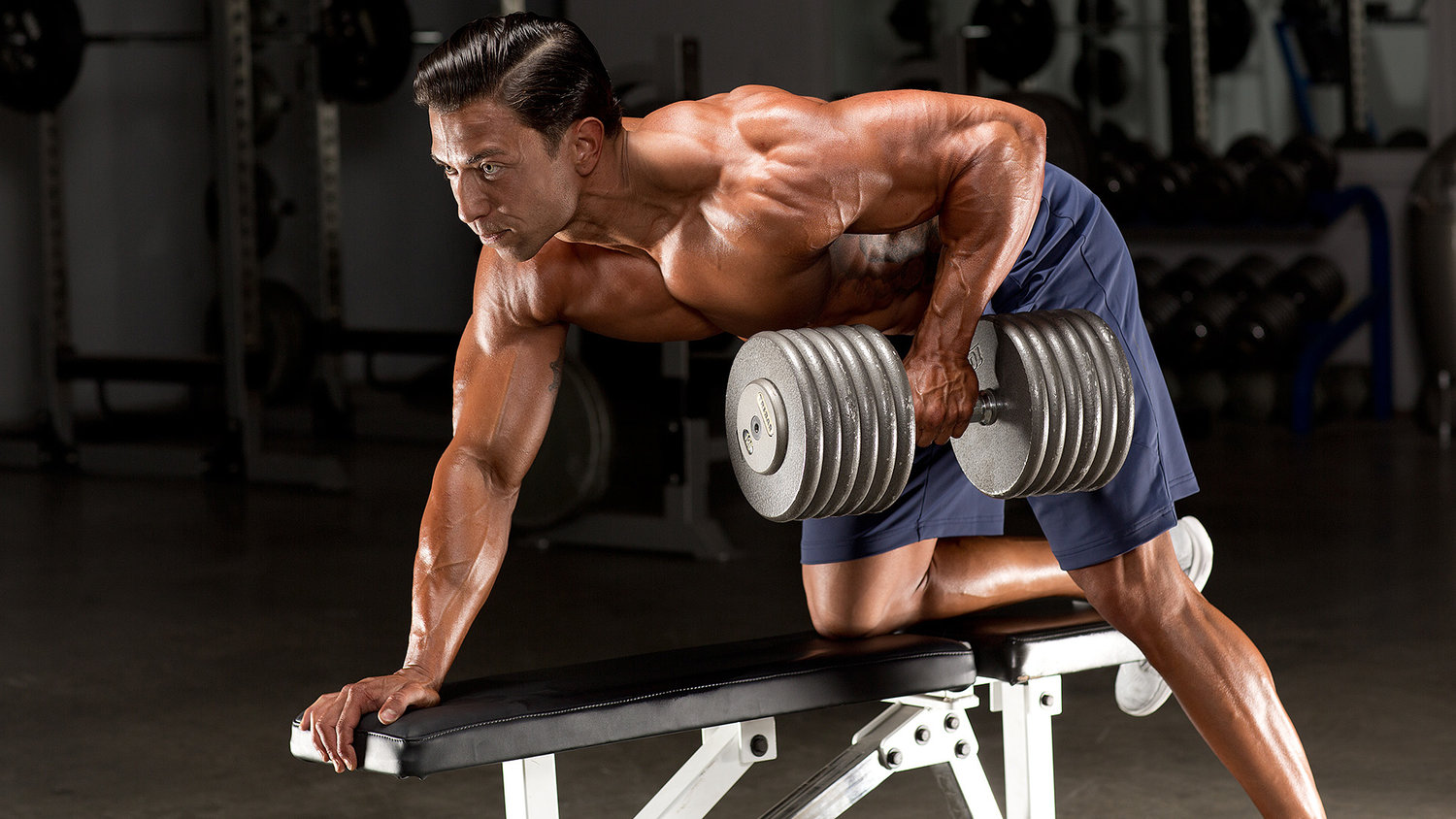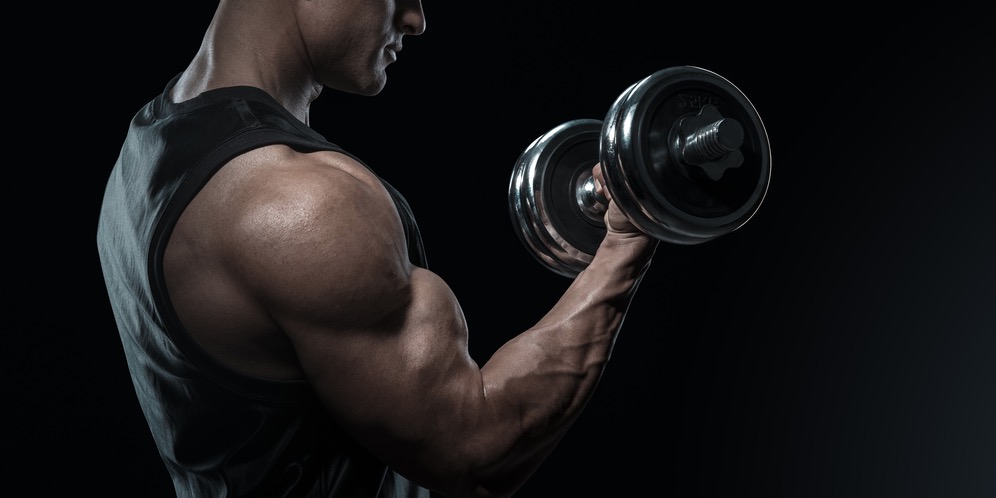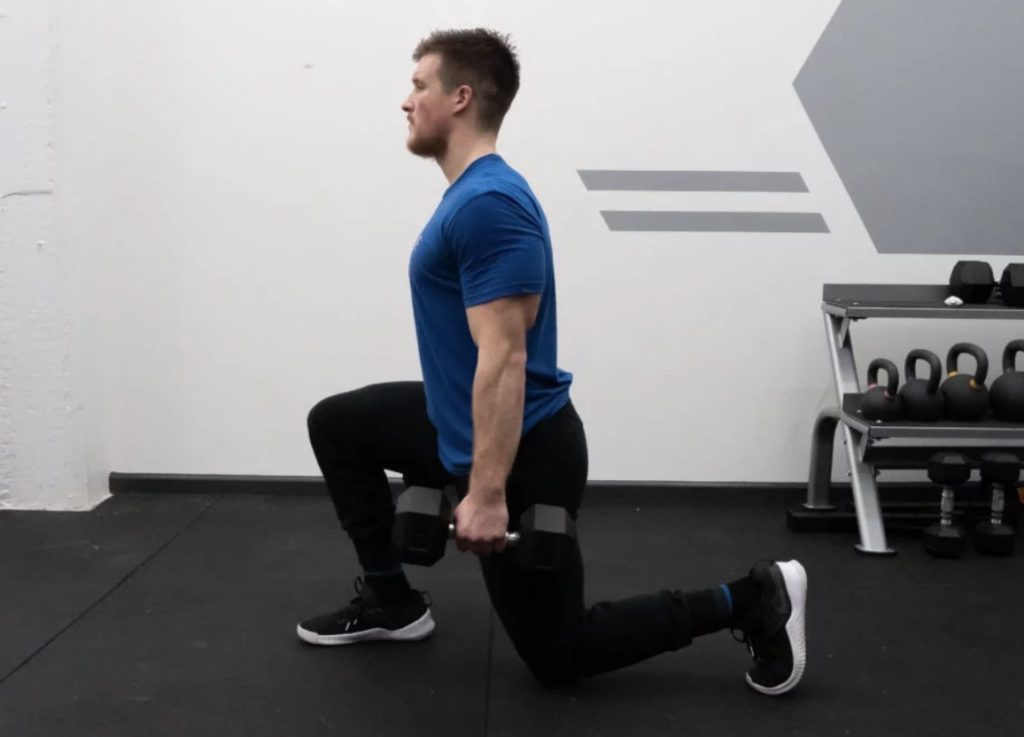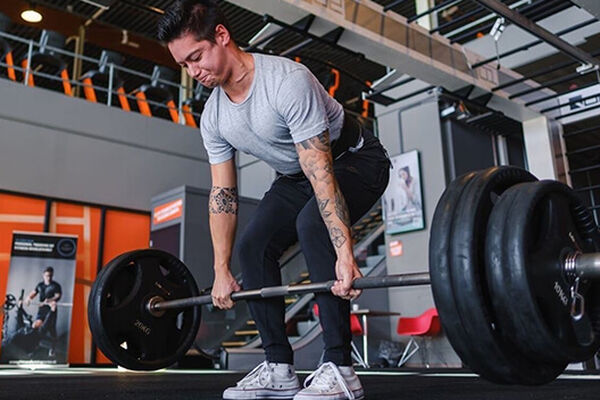Explore the mysteries of a Push Pull Leg (PPL) exercise regimen with our all-inclusive guide. With the help of professional advice and insights, maximize your fitness progress and journey.
A well-liked and efficient method for organizing your exercise program is the Push-Pull-Leg (PPL) exercise. This in-depth tutorial will walk you through the main features of the PPL workout, along with its advantages and practical applications for enhancing your fitness goals. This post contains something for everyone, regardless of your level of expertise with exercise.
What is the PPL Workout?
The push-pull-leg exercise, or PPL for short, is a type of split training where you separate your sessions into three primary categories: push, pull, and leg days. This routine’s main objective is to effectively target and exercise particular muscle groups in order to support balanced growth.
Push Day
You focus on exercises that work your pushing muscles, such the triceps, shoulders, and chest, on push day. Bench press, shoulder press, and tricep dips are important workouts.
Pull Day
The main goal of Pull Day is to strengthen your pulling muscles, such as your biceps and back. Exercises like rows, bicep curls, and pull-ups are popular.
Leg Day
Leg Day emphasizes workouts that work the lower body, such as lunges, deadlifts, and squats. Building robust, proportionate legs need it.
Benefits of PPL Workout
- Effective Split: By focusing on particular muscle groups on predetermined days, the PPL regimen lowers the danger of overtraining and speeds up recovery.
- Harmonious muscular balance: can be attained by targeting the agonist and antagonist muscle groups on different days.
- Variety: PPL workouts provide a range of muscle activation and exercise options, which help to maintain an engaging and productive program.
- Strength and Hypertrophy: PPL exercises are well-known for encouraging both hypertrophy and strength, which makes them appropriate for a variety of fitness objectives.
- Time-Efficient: PPL exercises are often time-efficient, lasting around an hour per session, which makes them ideal for people with hectic schedules.
Getting Started with PPL
Before diving into a PPL routine, consider the following steps:
- Evaluate Your Objectives: Choose if you want to improve your strength, overall fitness, or muscular mass. Your objectives will determine the kind and level of exercise you do.
- Establish a Timetable: Plan your weekly PPL plan with the number of days you can dedicate to the practice in mind. PPL is usually done three to six times a week.
- Warm-Up: To avoid injuries, always warm up before working out. This can involve mobility drills, dynamic stretches, and mild cardio.
- Progressive Overload: To promote muscular growth, progressively raise the weights you lift. To monitor your improvement, keep a workout journal.
Push Day – Exercises and Tips
1. Bench Press
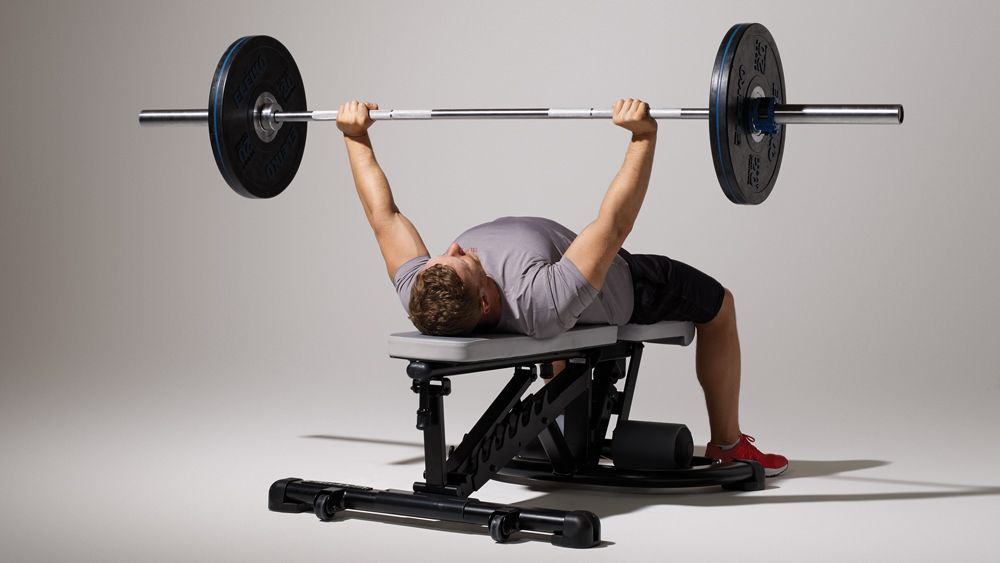
- Exercise: While laying on a bench, press a barbell away from your chest.
- Tips: As you progress, increasing the weight gradually and with proper technique.
2. Shoulder Press
- Exercise: While seated or standing, elevate a dumbbell or barbell.
- Tips: Be mindful of the stability and control of your shoulder.
.
3. Tricep Dips
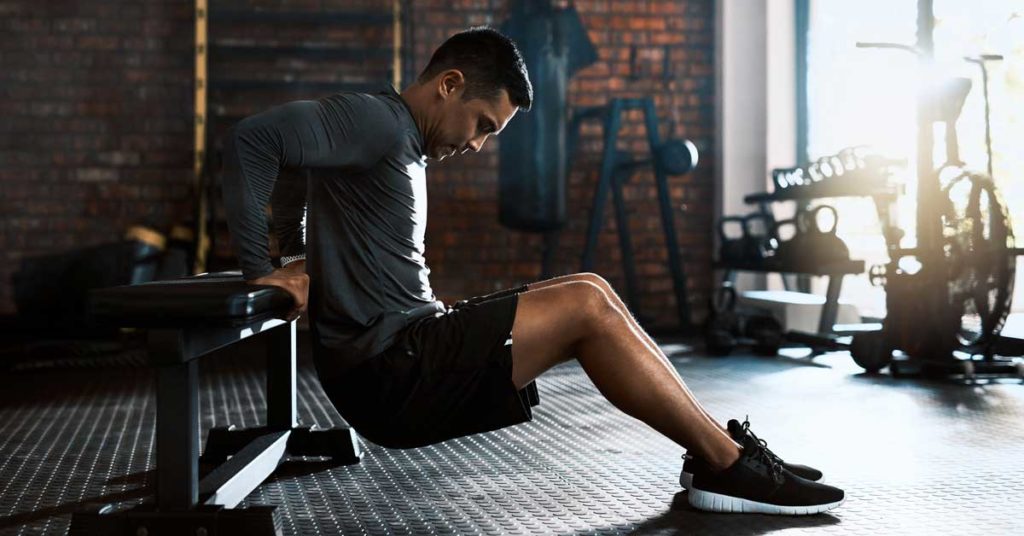
- Exercise: Use parallel bars to sink down and contract your triceps.
- Tips: Keep your posture straight and avoid leaning forward too much.
Pull Day – Exercises and Tips
1. Pull-Ups
- Exercise: Pull your body upward while hanging from a bar.
- Tips: To work on different areas of your back, use varied grip techniques.
2. Rows
- Exercise: Perform rows with weights or a cable machine.
- Tips: Keep your back straight and tense your shoulder blades together.
3. Bicep Curls
- Exercise: Raise a dumbbell or barbell while keeping your hands facing upward.
Tips: Restrict movement and refrain from applying momentum.
Leg Day – Exercises and Tips
1. Squats
- Exercise: Squat down while holding a barbell on your shoulders.
- Tips: Maintain a straight back and descend as far as your range of motion permits.
2. Lunges
- Exercise: Alternate between stepping forward and lunging down.
- Tips: To prevent straining your knees, use correct form.
.
3. Deadlifts
- Exercise: Raise a barbell off the ground while keeping your back straight.
- Tips: Maintain the bar close to your body and concentrate on your hip hinge.
Nutrition and Recovery
Maintain a well-balanced diet with a variety of macronutrients, particularly protein for muscle development and repair, to support your PPL program. To speed up your healing, make sure you receive enough sleep and relax. To avoid muscular tension, you could also think about include foam rolling and stretching in your regimen.
Common FAQs on Push Pull Leg
1. Can beginners do the PPL workout?
Even beginners may complete the PPL program, but they must start with reasonable weights and proper form.
2. How long should a PPL workout session last?
Warm-up and cool-down periods should be included in the 60–90 minute duration of a standard PPL workout.
3. How often should I do the PPL routine?
Depending on your fitness level and objectives, you can perform PPL workouts three to six times a week.
Summary
You may develop a balanced, powerful, and aesthetically beautiful body with the aid of the adaptable and efficient Push-Pull-Leg exercise. The PPL regimen provides benefits for anybody seeking to improve their general fitness, gain muscular mass, or both. Start your fitness adventure with PPL now, and you’ll see rapid progress.
Recall that consistency is crucial. Please use my Upwork profile to contact me if you need advice or if you have any further questions about starting a fitness regimen. Your fitness objectives have my support and assistance. In addition, if you thought this information was helpful, please click this link to donate to my coffee fund. Happy working out!
